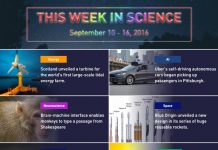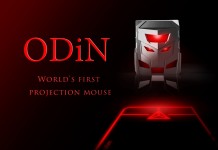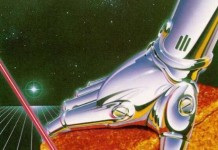The biggest scientific news from 2017 include the first full observation of a neutron-star merger, a tiny detector for the shiest particles, a gene therapy triumph and more.
Paleoanthropologists shook up the world of early human research when they determined that a homo sapiens skull from Morocco is 300,000 years old. That’s a 100,000 years older than any past find.
Biologists made a big advance in editing DNA and RNA. Developing techniques to transform one nucleotide base into another—at a precise point. A team in China used a version of the technique to correct a point mutation in a human embryo.
A new FDA approved drug reflects a long awaited shift from treating cancers based on their origins to one grounded in tumor biology. The drug is designed to treat advanced solid tumors that have a specific genetic defect — no matter where in the body the cancer arose.
This year biologists posted a record number of preprints: papers that have not yet been peer reviewed. Biology appears to be following physics where preprints have changed the culture of communicating results.
Scientists collected the oldest ice core ever. It’s 2.7 million years old and came from a desolate region of Antarctica. It shatters the record by 1.7 million years. Bubbles trapped in the ice might reveal greenhouse gas levels at the start of the ice age.
Physicists used a detector the size of a milk jug to observe neutrinos pinging off atomic nuclei in a way never seen before. The achievement confirms a 40 year old prediction and it opens the way for portable detectors that can spot these elusive particles.
Gene researchers had a dramatic success with a new treatment for a neuromuscular disease. Usually it kills infants. But the small trial demonstrated the power of a new way of ferrying genetic cargo across the blood-brain barrier.
Wildlife scientists identified a new species of orangutan on the Indonesian island of Sumatra. It’s the first great ape species to be discovered since the Bonobo. But with just 800 individuals, this species is imperiled.
You May Like: Experimental DNA Data Storage: 1 billion terabytes in a gram
It’s been a banner year for cryo-electron microscopy. It’s a technique that allows scientists to determine the structure of complex molecules as they interact. The arrival of new computer software is providing fresh insights into many of life’s key molecules. And the tools are fast reshaping the field of structural biology.
And now the breakthrough of the year. For the first time, astronomers were able to fully observe the collision of two neutron stars. One of the most violent events in the cosmos. First, they spotted gravitational waves — ripples in space-time — Then they trained multiple telescopes on their source. To witness a spectacular burst of radiation that contained answers to some long-standing cosmic mysteries and opening a new era in astronomy.











